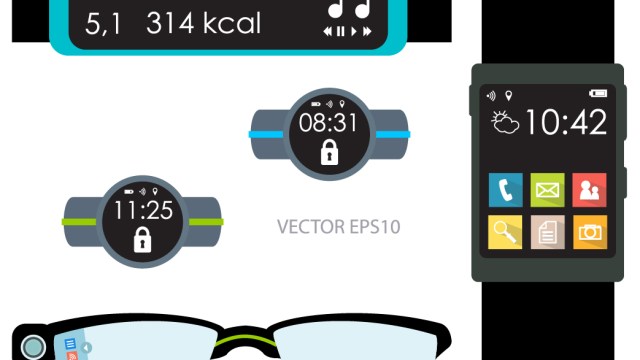Will the Sharing Economy Keep an Older America on the Move?

The nation’s largest gathering of transportation thinkers, the National Academies’ Transportation Research Board, was just held in Washington, DC. A nascent topic, that was discussed more in the hallways, than in symposium rooms was the impact of the sharing economy. After nearly three decades of attendance I have observed that innovation in transportation, or any field for that matter, often begins with whispers in the back, rather than in keynote talks up front. How the burgeoning sharing economy will affect the lives of most people remains to be seen. To some, new companies like AirBnB and RelayRides provide a way to monetize assets that would otherwise be gathering dust. To some, such services threaten to drive down wages while transferring the risks of doing business from companies to workers.
I’m not here to take sides, innovation always begins with true believers and equally passionate detractors, but I would like to register cautious optimism about one aspect of the sharing economy that no one’s talking about, particularly as it applies to transportation. Services like Uber, Lyft, and their lesser-known cousins may or may not be improving the world. But they are likely laying the groundwork for tomorrow’s transportation systems, and that may well make life better for all sorts of people—especially older adults—down the road.
I probably don’t need to tell most readers here that even considering hanging up the car keys can be very, very difficult for older adults—especially those in rural or suburban areas where there’s no or little public transit and limited access to assisted transportation programs.
From a certain perspective, now is a better time than ever to be unable to get around. You can now get almost anything you want delivered, including groceries. You can make video calls. Even physician house calls seem to be making a comeback. But none of those things will replace the need for human contact or take you to your friends and family in person. And so, for the most part, people who can’t drive continue to rely on the goodwill of others to get to where they need.
Now, with the advent of Uberet al., that may be changing. For older mobility, Uber improves on cabs in a few critical ways—loved ones can track Uber cars’ progress, for instance—and other, smaller services go even further. Lift Hero claims to match older passengers with drivers trained in the health professions. The (inauspiciously named) SilverRide does something similar.
What really interests me about these services is the fact that they’re information, not transportation, companies, in the sense that they don’t own the cars that take customers from point A to B. In essence, they’re piggybacking on preexisting infrastructure, which explains how they’ve grown and spread so fast. It’s a model that should sound familiar: the Internet-as-we-know-it started in much the same way.
Remember dialup? The whole “dialing” aspect of it had to do with the fact that the Internet hijacked telephone infrastructure—millions of miles of phone lines—to radical new ends. As more and more people logged on, and it started to become apparent that there would be demand for far more bandwidth, companies began to invest in new infrastructure, laying fiber-optic cable. (In fact, there’s now far more fiber optic cable than is needed in the US, because telecoms actually overestimated demand.)
Now consider that in the way that, say, AOL didn’t need to lay phone lines to do get customers online, Uber-and-friends don’t need to buy cars to get people around. In AOL’s case, it quickly became apparent that the “Information Superhighway” (remember that?) would be far more than a glorified encyclopedia. And in Uber’s case, a lot of investment money is being bet on the idea that the service is going to be far more than a better taxi dispatch. (See this breakdown on why some think Uber will change the way we live.)
I don’t know what the transit systems of tomorrow will be—although I will go out on a limb and suggest that fully automated cars are farther away than many think. In fact, my own remarks at the Transportation Research Board highlighted that the technology of automated cars may be coming but our capacity to trust the technology and integrate them on a road with robot and human drivers may be further out than techies may want. But whatever the solutions turn out to be, chances are they’ll require an infrastructural investment of some kind. (Let’s use infrastructure in the broadest sense here, meaning not just rails or roads, but also legislative frameworks, new types of vehicles, and innovations that don’t even occur to us yet.) Companies will make an investment in infrastructure that supports older adults—if there’s a clear indication that there’s legitimate demand for such services. Depending how Uber, Lift Hero, and others fare with the older set today, that demand may soon be evident.
MIT AgeLab’s Luke Yoquinto contributed to this article
Image: Shutterstock/chungking





